The Biggest Dinosaurs That Ever Lived
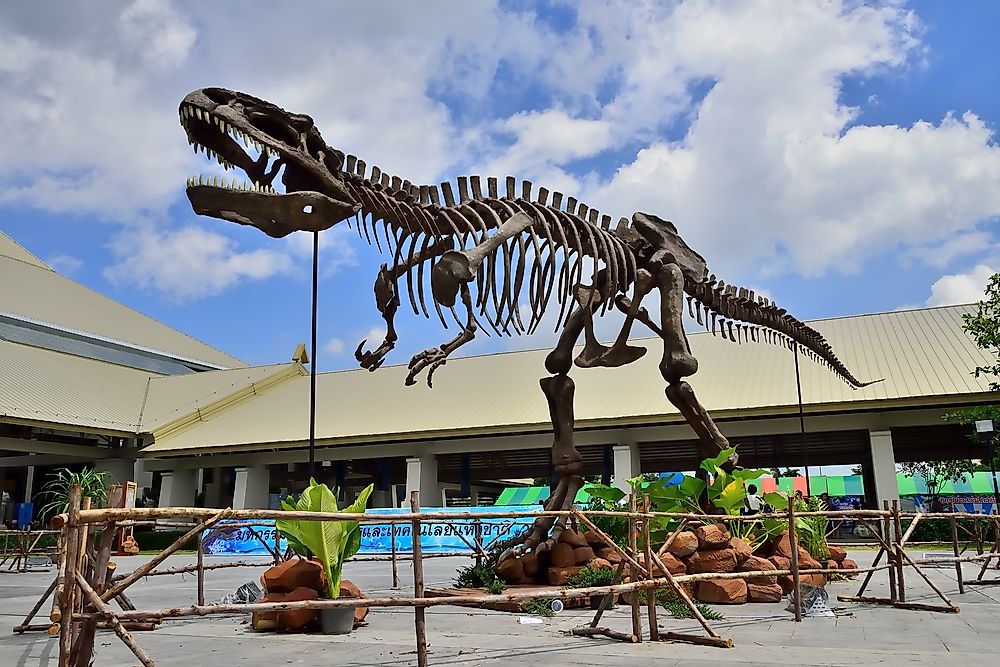
Over the years, Paleontologists have made amazing discoveries and identified remains of the largest dinosaurs that ever lived. They were enormous creatures with some weighing as much as 100 tons. Here is a list of the biggest dinosaurs in history.
12. Eotriceratops Xerinsularis
It is closely related to Triceratops and second biggest ceratopsian that ever existed. The fossils were found in 1910 in what is now known as the Dry Island Buffalo Jump Provincial Park in Alberta, Canada. Bones of its skull were the only unique feature as compared to other types of ceratopsians. The three-horned gigantic dinosaur is estimated to have measured 29.5 feet and weighed 10 tons hence making it one of the largest dinosaurs in history.
11. Triceratops Horridus
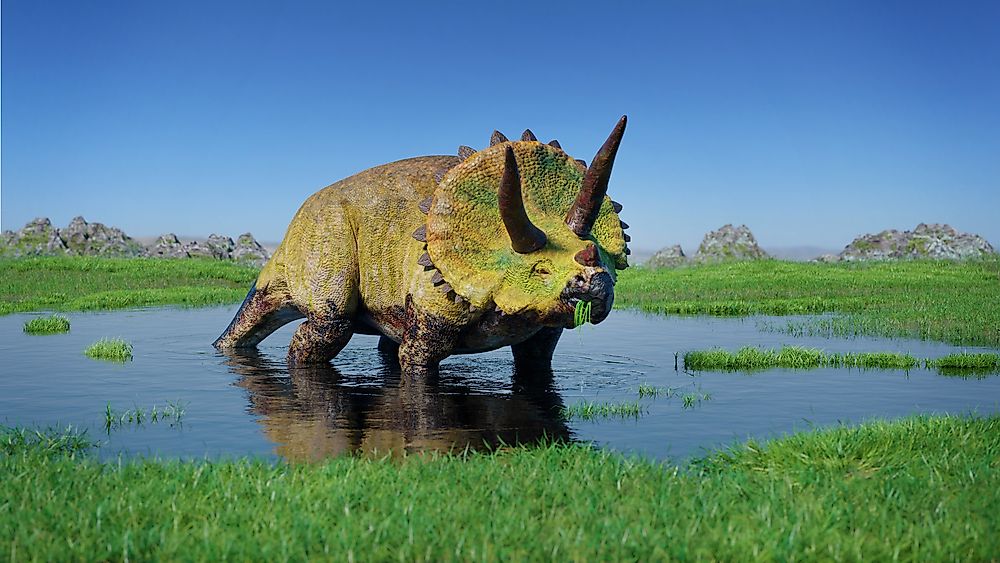
This is classified as the largest ceratopsian. It was discovered in 1887 near Denver, Colorado. The Triceratops inhabited what is now North America 68-66 million years ago. It’s among the most known dinosaurs, having been widely shared through media such as film and printed books. Its distinctive features are the three horns growing from their skull. They were estimated to measure 7.9 to 9 meters lengthwise, 2.9 to 3 meters in height, and 6 to 12 tonnes in weight. As it was a herbivore, it fed mostly on low growing plants and herbs. It had a low head, and their jaws had a beak tip pointing to its ability to grasp and pluck as opposed to biting.
10. Giganotosaurus Carolinii
Giganotosaurus carolinii was a theropod dinosaur known to have lived in what is now Argentina 97-98 million years ago. It lived during the ages of the Cretaceous period of the known and established terrestrial theropods. It was discovered in 1993. Giganotosaurus thought to be one of the largest known species, although some proof equated its size to that of a Tyrannosaurus. Its skull measured between 1.53 and 12 meters long. It is thought to have a body weight of approximately 8-10 tonnes and its height is estimated at 13.7 to 14.3 meters. However, both weight and height estimations varied depending on the paleontologist, due to scanty of evidence. It was a carnivore evidenced by its various adaptations features. The lower jaw had power for resisting ductile stress when the powerful bite was made with the front of the jaws against the prey.
9. Ankylosaurus
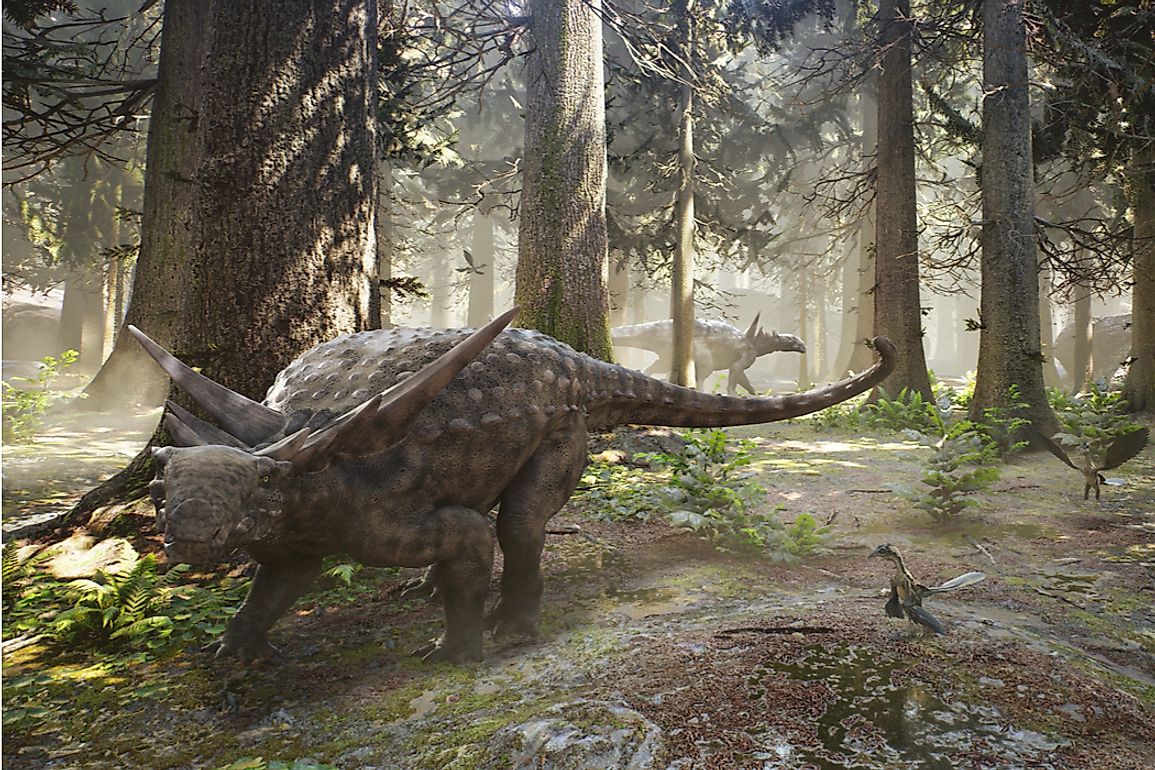
Of all known ankylosaurid dinosaurs, ankylosaurus is rated to be the biggest species. It was discovered in 1906 by Barnum Brown Gilbert Creek, Montana. It was a herbivore just like all other known ornithischians. It was covered with a thick layer of skin with spikes and bony plates. The dinosaur had two rows of spikes arrayed down from head to tail, two hefty horns, and an enormous club-like tail. An average adult measures 30 feet in length, 6 feet in width, 4 feet in height, and weighed around 4 tons.
8. Argentinosaurus
Argentinosaurus was discovered in Argentina in the year 1987 by Guillermo Heredia. They are categorized to the genus titanosaur sauropod. It’s believed to have lived between 93.50 and 97 million years ago during the Cretaceous period. Its weight is estimated to be between 80 and 100 tonnes. It had a height of 39.7 meters and 7.3 meters as shoulder height. Argentinosaurus was a herbivore, and its large size helped to scare away potential predators and to reach into tall vegetation for its food. Females would hatch one egg of 22 centimeters in diameter a year, preferably on a flat flooded place. The mortality rate was significant due to their weight and their inability to overcome predators at that very young stage.
7. Spinosaurus Aegyptiacus
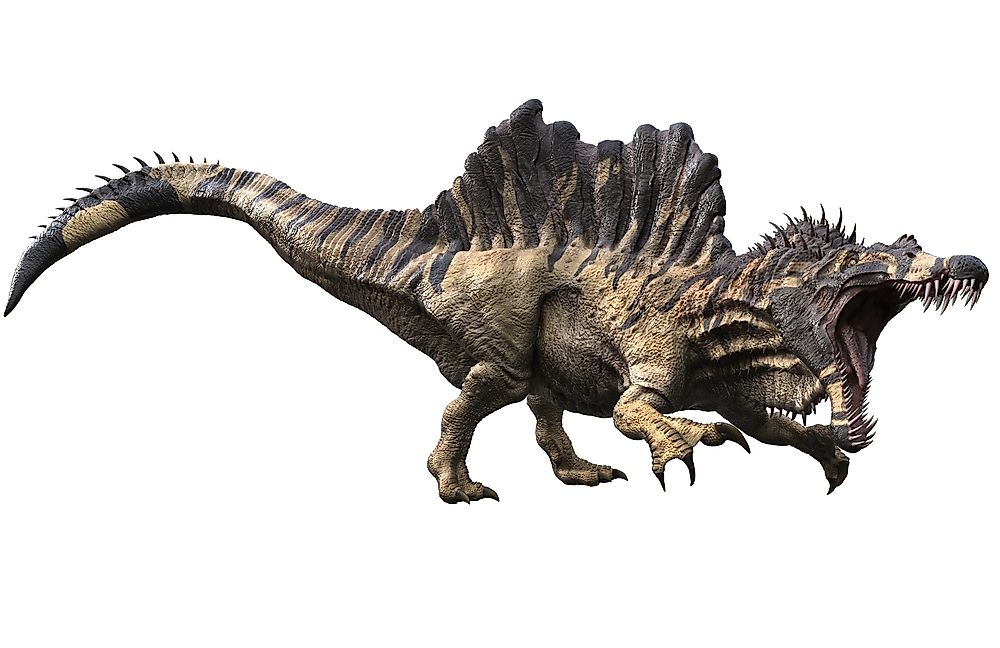
Spinosaurus is one of the largest carnivorous dinosaurs in terms of both weight and height. It lived approximated to 97 million to 113 million years ago during the Cretaceous period and roamed along the North Africa swamps. It was estimated at 20 feet in length and weighed an estimated 7 to 23 tonnes. Its fossils were discovered in an Egyptian desert in 1912 by Richard Markgraf, and classified in 1915 by Ernst Stromer. Its most unique feature was its sail which looked like a fish fin. The sail had spines that served as an adaptation to its life, making it look bigger and making it harder for predators to attack. It’s also believed that the sail was a mate charm element. Its uniqueness is also found in its ability to swim like a fish, spending a substantial amount of time in water. Its main diet was aquatic creatures like fish. This was ascertained by its snout and its cone-shaped teeth that interlocked with each other. In addition, it had short hind limbs as compared to other existing predatory dinosaurs. Its feeding habits resembled that of crocodiles.
6. Puertasaurus
It was discovered from the Pari Aike Formation and was dated to be from the Cenomanian period. It was believed to have lived in the present day of Patagonia. Its size matched the size of Argentinosaurus. It was the widest existing dinosaur, having weighed 110 tons, and had a ribcage measuring 26 feet wide. Puertasaurus had strong spikes running on its back and were very slow due to their large body weight.
5. Shantungosaurus
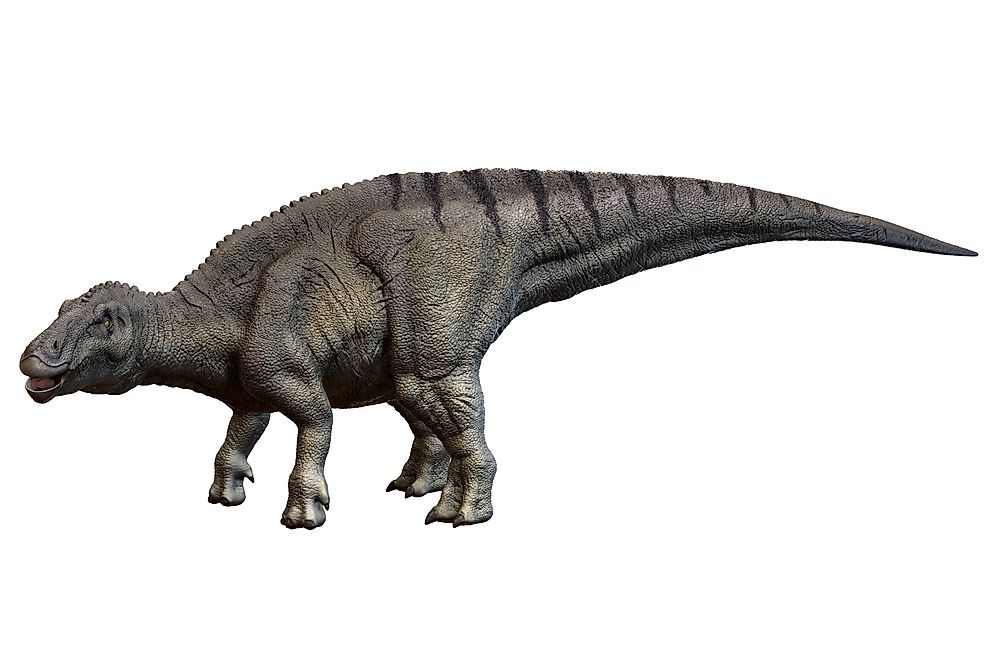
Shantungosaurus is rated as the largest of the ornithopod dinosaurs. Its fossils are traced to the Shandong peninsula in China. Shantungosaurus is said to be the largest of the hadrosauroid taxon in the whole world. Its height was comparable to that of a medium-sized sauropod, with an approximation of 23 tonnes in weight, and 16.5 meters in length. Its femur measures about 1.7 m, and its humerus measures about 0.97 m.
4. Barosaurus Lentus
Barosaurus lentus was discovered in Tanzania and classified in the genus Gigantosaurus, but another genus was discovered in England and it was moved to the new genus Tornieria in 1911. In 2006, further studies confirmed that Barosaurus africanus is different from the North American genus. Barosaurus lentus and Diplodocus have close similarity, therefore they are classified and known as Africana. It was observed from the studies of the fossils that they were herbivorous but not able to feed on high off ground vegetation due to its vertical flexibility restrictions. It was thought to have measured 26 meters in length and 20 metric tons in weight, although it is thought that it might have grown to over 50 meters in length and weighing about 100 tonnes.
3. Tyrannosaurus Rex
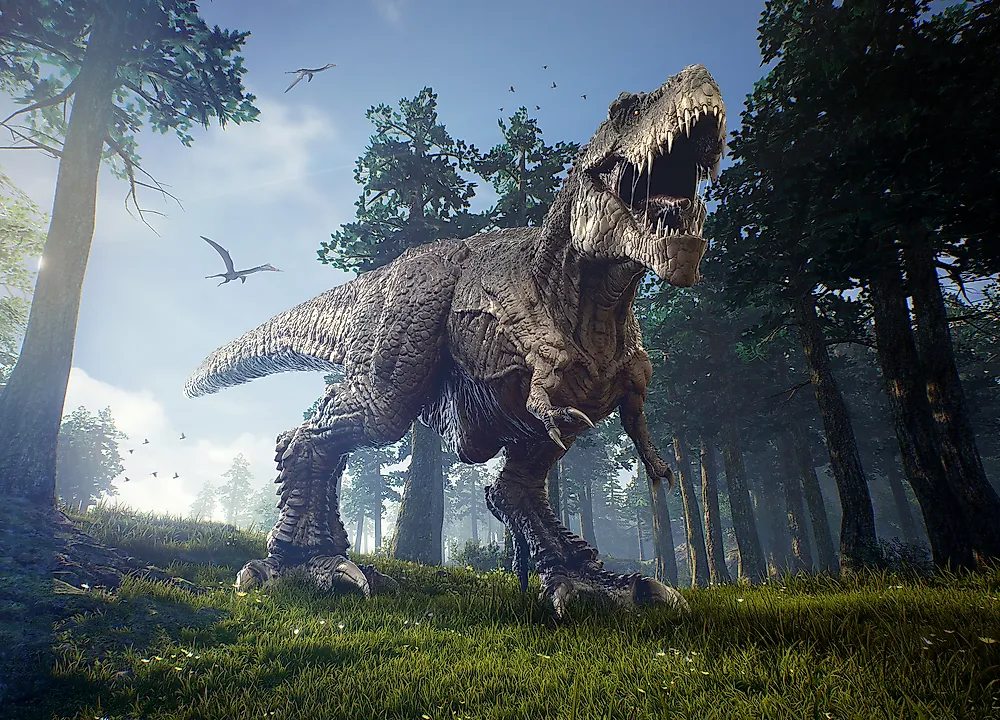
Tyrannosaurus rex was a bipedal carnivore belonging to coelurosaurian theropod genus. It is believed to have lived 68 to 66 million years ago during the Cretaceous period. Recent studies revealed that it weighed 9.6 to 18.5 tonnes. It is believed that there was a possibility of it having feathers at some stage of its life as well as scales. Evidence gathered shows that it must have been a pure scavenger owing to its short arms and strong teeth that could easily crush bones of carcass remnants. Its slow ability to turn could also have rendered it unable to run after prey.
2. Amphicoelias Fragillimus
It’s believed that Amphicoelias fragillimus is the longest animal that has ever lived with an estimated length of 58 meters and an average weight of between 122.4 and 134.9 tonnes. Its fossils were lost after being studied, therefore, verification studies on fossils about the size and feed adaptation were not carried out. It lived 150 million years ago, during the Tithonian age. It was a sauropod, meaning it had a large body with a long tail and long neck and four legs. It was a herbivore that lived in savannah-like conditions, mostly eating ferns.
1. Alamosaurus
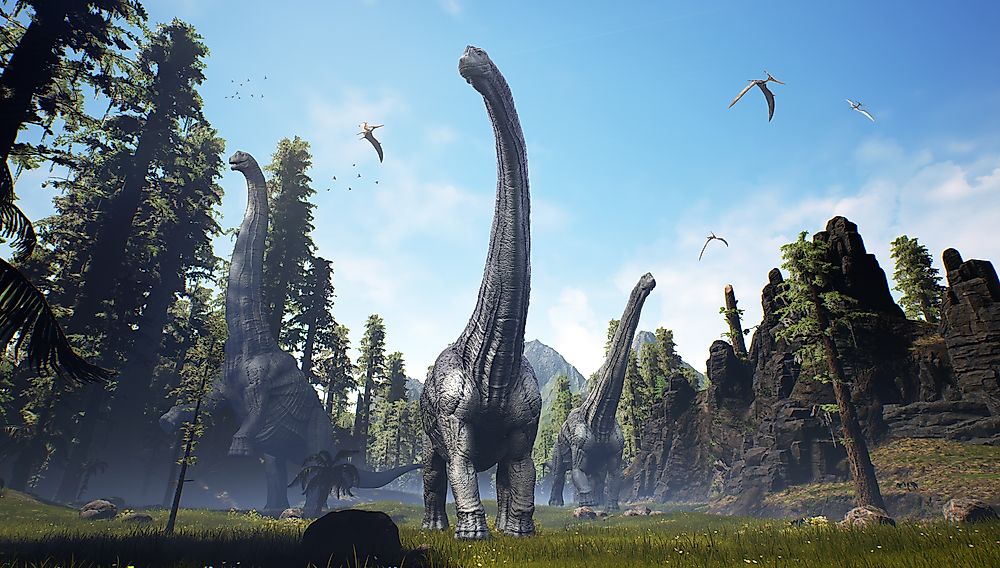
It had a long neck, limbs, and tail with rod-shaped teeth which made it be classified as a quadrupedal herbivore. Its body was covered by bony armor. It was discovered in 1921 as a titanosaurian sauropod in New Mexico. It was extremely massive having measured 70 feet in length, 28 feet in height and weighed as much as 33 tons, equivalent to the weight of five adult elephants. It had an extremely large neck that was used to browse the ground for food and huge strong tails for defense.











